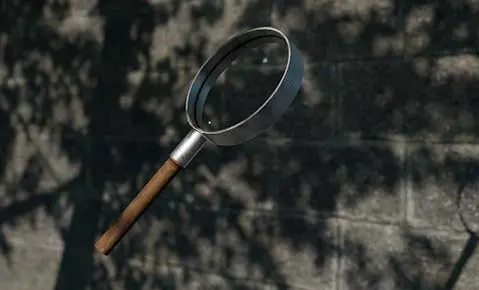You don’t want your home or business to find it slowly goes into the ocean. While a city under the water is a cool concept, homes on land aren’t built to be underwater.
The main thing is to know your seawall isn’t failing. A failing seawall will mean the motion of the ocean will take the land with it. And you don’t want a structure living on the edge. You want it to be secured.
If you’re concerned about your seawall failing, learn about what’s causing it to fail.
The Dangers of Seawall failure
You don’t want your seawall to fail. It’s a retaining wall from the sea so it doesn’t come onto your property and erode your soil. I’m sure you would like your beachfront home or business to still be overwater and not end up in the ruins of Atlantis or part of the underwater city of Rapture.
Having your home next to the water is already difficult enough. Having your home swept from under you because of a failing seawall won’t make matters any easier.
What causes seawall failure?
Hydrostatic pressure
As the water gets past the wall, the soil absorbs the water, causing expansion. It also adds extra weight to the seawall, causing it to tilt forward and lean as though it’s doing a Michael Jackson lean.
While seawalls have weep holes for water to escape, they don’t always work, especially if there is something in the way of the drainage. You can expect hydrostatic pressure to build up if the weep holes aren’t working properly.
Salt from the ocean
When you see potholes on the road, it isn’t always due to natural wear and tear. Salt damage occurs over time. The same goes for salt water.
Saltwater is naturally corrosive, which is why it’s been such a problem for engineers regarding seawalls. Concrete naturally soaks up saltwater, which eventually makes it to the rebar inside and starts corroding.
Fun fact – Concrete is porous.
This corrosion from saltwater isn’t an overnight process. While the process is gradual, the deterioration of the seawall will accelerate as the damage worsens.
When the steel rebar corrodes, it expands, which puts pressure on the rest of the structure.
Improper construction of a seawall
There is a case that the seawall constructed wasn’t strong enough to withstand the pressure from the ocean and the soils it retains.
There could also be a whole lot of rebar or what the concrete mixture was. Though this can be with any construction project.
Pro-tip – If you do construction projects in sections, make sure the concrete poured isn’t different mixtures. We’ve had repair projects for homes where one side failed and the other didn’t due to this issue.
Depth of the seawall
While this might not be considered improper construction, the depth can affect eventual failure.
The deeper a wall goes, the more likely it is to be exposed to water. This will in turn add pressure. With tides going low to high all the time, different pressure is being applied to the seawall.
Seismic activity
California is no stranger to earthquakes with buildings and structures meant to withstand higher magnitudes. That said, not every structure is immune to damage; even seawalls.
Seismic activity can compromise a seawall, causing damage usually in the form of cracking, which the saltwater will seep through, exacerbating the corrosion process.
Age
The older things get, the more they deteriorate. Age will always get the best of anything on Earth. Even the best seawall is no exception.
How to tell if your seawall is failing
You’ll notice if your seawall starts to fail, but the signs and symptoms might not be too obvious.
Signs and symptoms of a failing seawall
- Soil Loss
- Water crashes on the seawall all the time as the tides continuously change. When the water pulls back, the soil goes with it.
- Leaning
- Your seawall isn’t doing a cool party trick. Hydrostatic pressure is building up, adding pressure to your seawall and making it lean.
- Deterioration
- You might see some concrete spalling. Again, salt can eat away at the material.
- Cracking
- This is a little more obvious, especially if your seawall is concrete.
- Oxidizing rebar
- You might not see this at first glance, but you will eventually notice the damage it does to your seawall. As the rebar oxidizes, it expands.
- As water crashes into the seawall, you’ll see rust stains that make your wall look as though it’s weeping.
Take a look at our 5 Signs and Symptoms of Seawall Failure You Don’t Want to Ignore.
Pay attention to the water depth
If the drainage system is inadequate, water can accumulate on the land, causing hydrostatic pressure and causing your seawall to lean.
If water levels fall, it can cause an imbalance of pressure against the wall.
Don’t let your seawall fail. Have someone check it out.
You’ve learned what causes seawall failure, the symptoms of a failing seawall, and why you should pay attention to water depth. If you think your seawall is failing, schedule a FREE seawall inspection.
For additional questions or to schedule an appointment, call Dalinghaus Construction at (877)360-9277.







One Response
I totally agree when you said that things deteriorate when they get older. In that case, getting a seawall inspection is important every now and then, especially if you live near it. It will be for your own protection by getting issues fixed as soon as they appear to prevent them from completely deteriorating.